Turkey's population fluctuations by city in 2019 reveals huge range
A city-by-city distribution of population fluctuations showed a range of almost half a million people in 2019. The largest population increase was 451,543 new residents in Istanbul while the biggest drop was 20,573 residents that left Çankırı. Percentage wise, the range of the population changes was about 12 percent.
Duvar English
A distribution of the changes in population by cities in Turkey revealed a range of almost half a million in 2019.
The city with the greatest increase in population was the metropolis Istanbul which gained 451,543 residents, while the biggest drop in population took place in the central Anatolian town of Çankırı, with 20,573 citizens leaving the province.
Percentage wise, the range of the changes in the population was about 12 percent with the population decrease in Çankırı being -9.5 percent and Istanbul's hike being 3 percent.
After Istanbul, the capital Ankara saw a population increase of 135,000 and the seaside resort Antalya recorded one of 85,344.
Fourth in line was the province of Bursa on the coast of the Marmara Sea with an increase of 61,599 people, followed by the Aegean coastal city of İzmir that gained 46,732 residents.
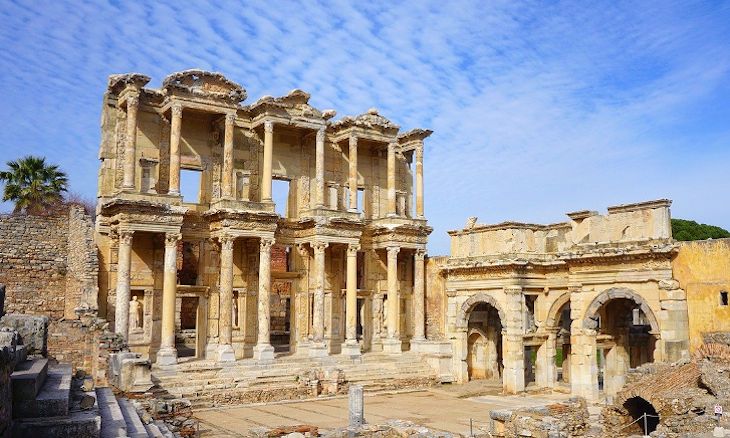
The Thracian city of Kocaeli came in sixth in line, welcoming 46,644 new residents in 2019, followed by the southeastern provinces of Gaziantep that gained 40,801 residents and Şanlıurfa that saw an increase of 37,805 in its population.
The central Anatolian city of Konya, the birthplace of Rumi, saw a population increase of 26,765, followed by the Anatolian city of Mersin which gained 25,957 residents. The Thracian province of Tekirdağ followed closely with an increase of 25,485.
The southeastern province of Diyarbakır saw a population increase of 23,957 and the southernmost city of Hatay saw an increase of 19,038.
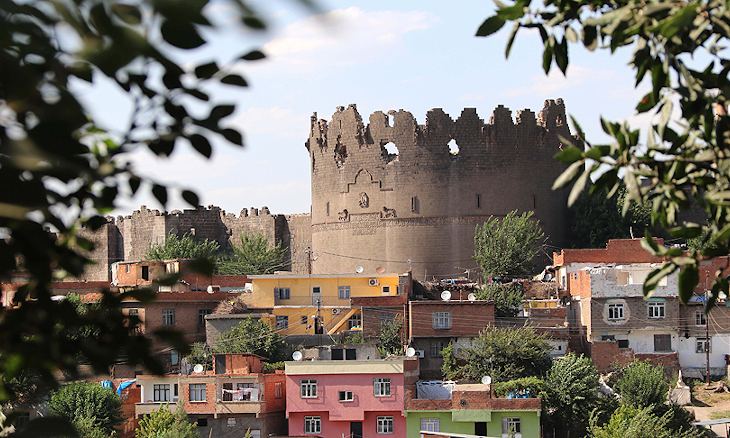
The Eastern Marmara province of Sakarya followed Hatay with a population increase of 18,950 and the Mediterranean coastal city of Adana, famous for its kebabs, welcomed 17,815 new residents.
The east-central province of Kayseri followed with an increase of 17,729 in population and the heavily student-populated city of Eskişehir came in next with 16,288 new residents.
The Aegean city of Muğla, a popular tourist destination, saw a population increase of 15,655 and nearby Aydın followed with a hike of 13,226.
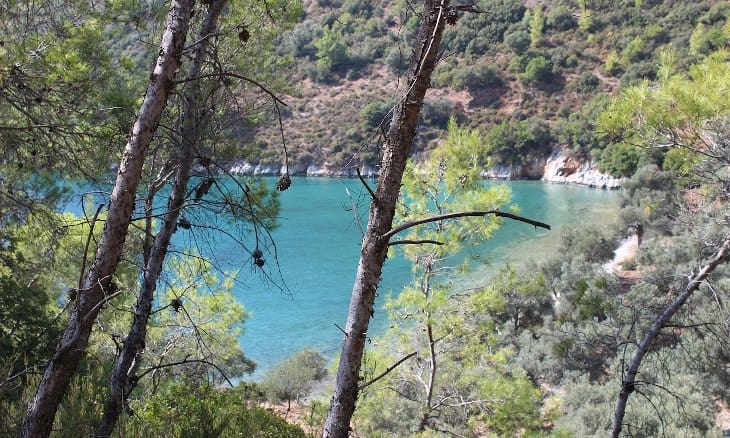
The southeastern city of Van recorded a population increase of 12,973 and the Black Sea province of Samsun followed with 12,826 new residents. The Thracian city of Tekirdağ came in next with a hike of 10,968 in its population.
The southeastern provinces of Mardin and Batman followed Tekirdağ with population hikes of 9,583 and 9,556, respectively. The south-central city of Denizli followed closely with 9,426 new residents while the southern city of Kahramanmaraş with 9,251.
The Marmara province of Yalova saw a population increase of 8,742 while the southeastern province of Şırnak followed with a mere 5,425.
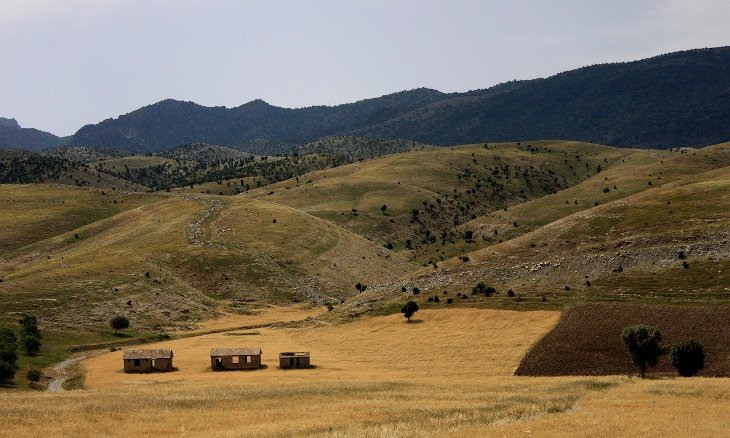
Population increases in Nevşehir, Osmaniye, Düzce, Bolu and Aksaray ranged from 4,671 to 4,195 and the central Anatolian provinces of Afyonkarahisar, Isparta, Malatya and Uşak ranged from 3,915 to 2,995.
The Black Sea city of Bayburt saw a population hike of 2,569 while the Marmara provinces of Edirne and Balıkesir saw increases of 2,375 and 2,045.
The eastern city of Iğdır gained 1,986 residents while the southern province of Adıyaman gained 1,952.

Gümüşhane, Çanakkale, Karaman, Kütahya, Trabzon and Kırşehir all saw population hikes of less than 1,800 and more than 1,000 while Kırklareli, Burdur, Muş, Karabük, Amasya and Tokat saw hikes of less than 1,000.
The southeastern city of Kilis had a population decrease of 51 people, making it the city with the smallest dip in population.
The Black Sea province of Bartın saw the second smallest drop in population with a decrease of 750 people and the southeastern city of Bitlis followed with a decrease of 1,281 residents.
The southeastern provinces of Siirt and Bingöl lost 1,390 and 1,393 residents while the Black Sea city of Sinop lost 1,490.
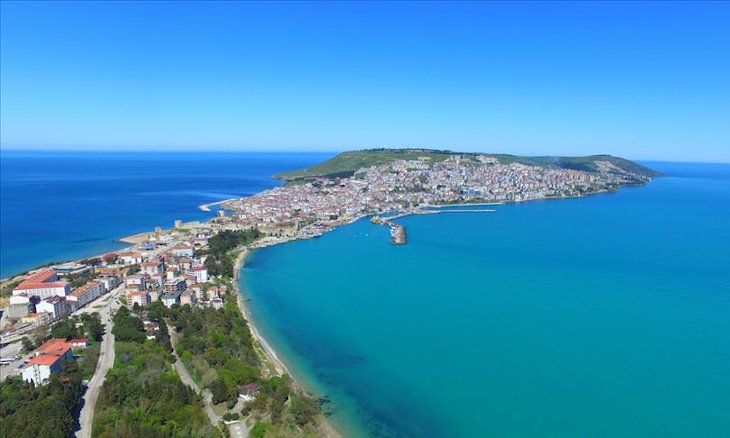
Close to Sinop, the Black Sea province of Ardahan also saw a decline in population of 1,588 people, followed by central Niğde with a dip of 1,846. The city of Artvin, also in the Black Sea region saw 3,135 residents leave as well as southeastern Ağrı that lost 3,458 residents.
The southeastern regions of Kars and Tunceli saw population declines of 3,468 and 3,538, closely followed by the central Anatolian city of Kırıkkale with a drop in population of 3,585.
The Black Sea provinces of Zonguldak, Yozgat and Kastamonu each saw a decline in population between 3,500 and 4,000 while the Marmara province of Bilecik lost 4,021 residents.

Struck by a 6.8-magnitude quake Jan. 24, the southeastern province of Elazığ saw 4,540 residents leave.
Black Sea provinces Rize, Giresun and Çorum each saw a dip in their population of between 5,000 and 6,000 and the southeastern city of Hakkari joined these cities in that range.
The central Anatolian city of Sivas and the east-central Erzurum lost 7,652 and 5,786 residents while the Black Sea region of Ordu saw the second biggest decrease in population with a dip of 17,734.
